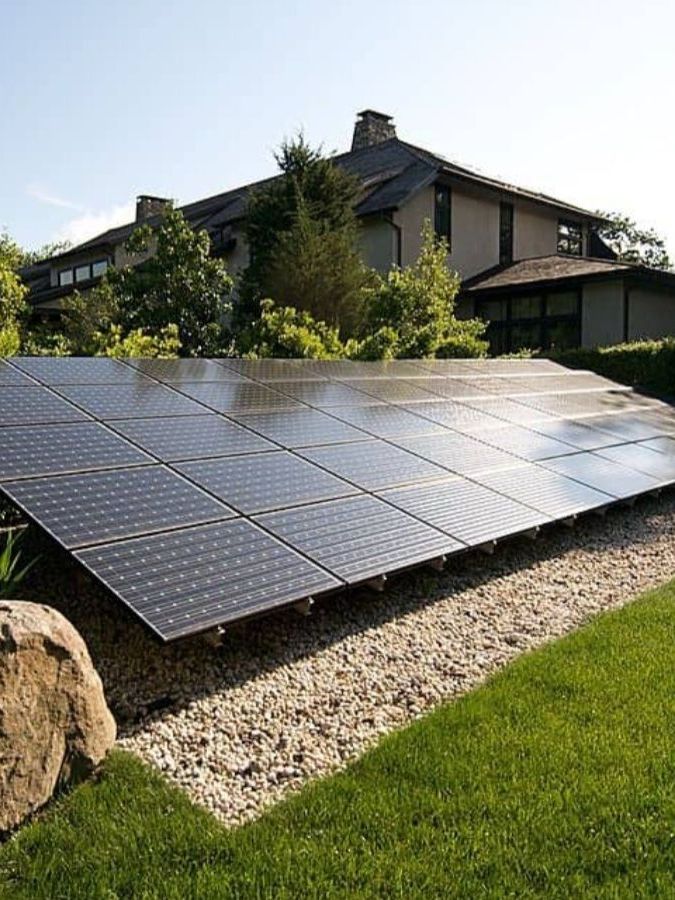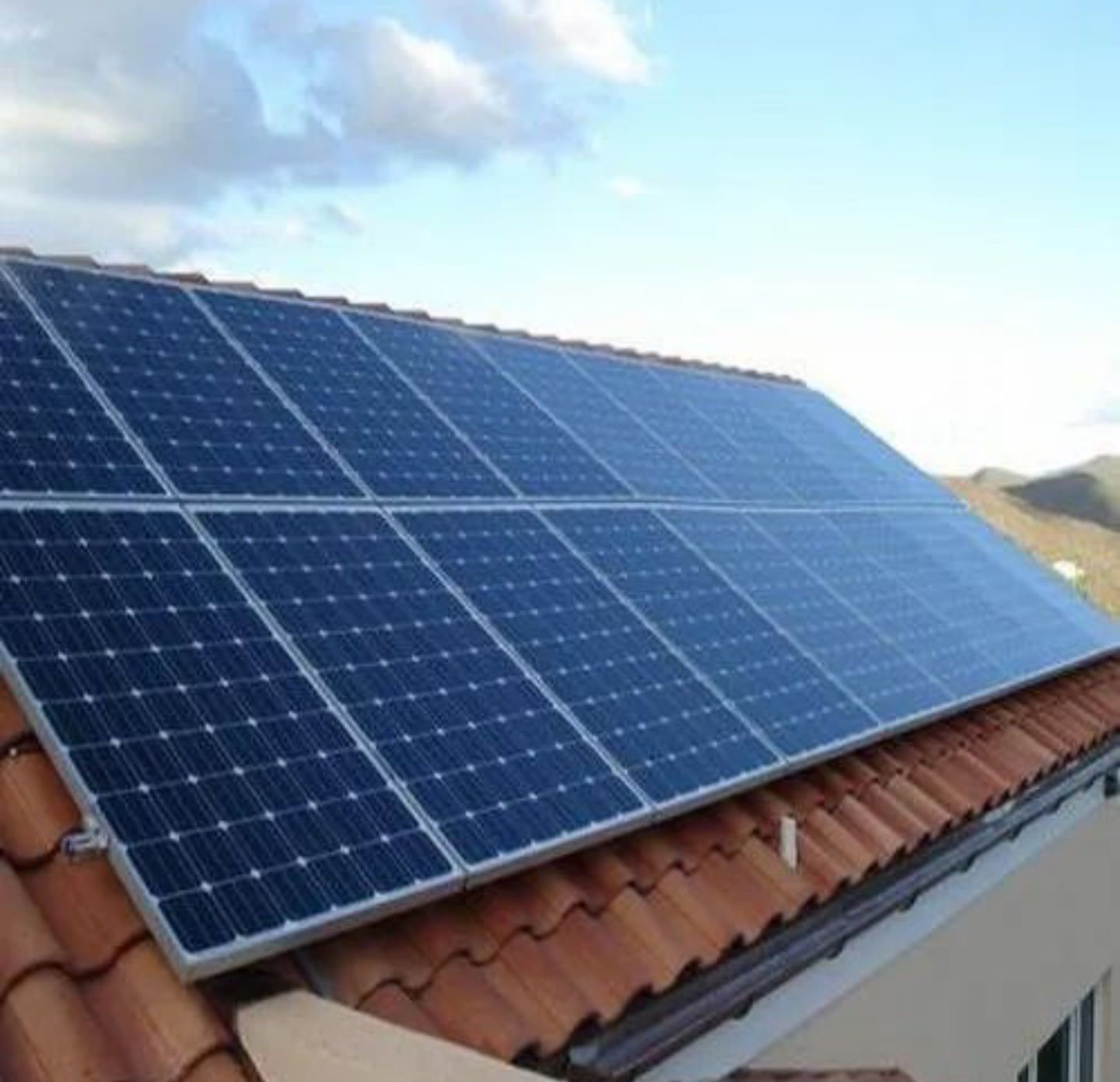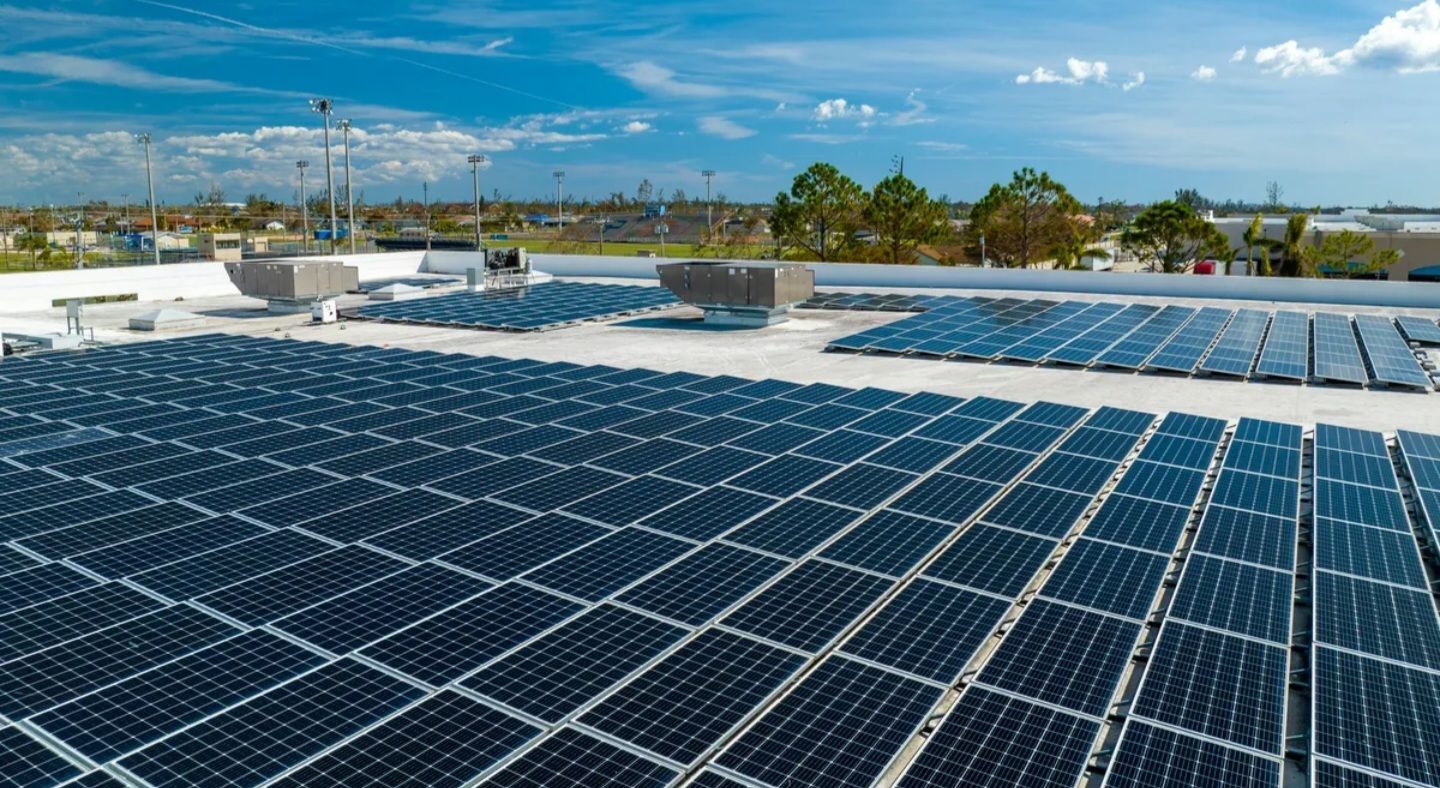How Does Solar Energy Work? A Simple Guide for Montana Homeowners
Contact Us
We will get back to you as soon as possible.
Please try again later.
Understanding Solar Energy

How Does Solar Energy Work? A Simple Guide for Montana Homeowners
Montana homeowners are increasingly turning to solar energy as a way to lower electricity bills, reduce reliance on utility companies, and contribute to a cleaner environment. With the rising cost of electricity and generous federal tax credits available for solar installation, more residents are considering the switch to solar power. But how does solar energy actually work, and is it effective in Montana’s climate?
Understanding the basics of solar power can help you make an informed decision about whether installing solar panels on your Montana home is the right choice. This guide will break down how solar energy works, how it performs in Montana’s cold and snowy conditions, and what financial benefits you can expect from switching to solar.
How Solar Panels Work to Power Homes in Montana
Solar energy is generated through photovoltaic (PV) panels that capture sunlight and convert it into electricity. These panels are typically installed on the roof of a home or a ground-mounted system, depending on available space and sun exposure.
Each solar panel consists of photovoltaic cells, which are made from silicon, a material that generates an electric charge when exposed to sunlight. When sunlight hits these cells, electrons are set in motion, creating direct current (DC) electricity. However, most homes in Montana and across the country use alternating current (AC) electricity, which is why an inverter is needed to convert the energy into a usable form.
The converted electricity flows into the home’s electrical panel, where it powers appliances, lighting, and other electrical devices. Any excess electricity that is not immediately used can be either stored in a solar battery for later use or sent back to the utility grid through a process called net metering.
Net Metering in Montana: How It Lowers Energy Costs
One of the key advantages of installing solar panels in Montana is the ability to participate in a net metering program. This program allows homeowners to send any excess solar energy generated during the day back to the grid. In return, the utility company provides energy credits that can be used to offset electricity usage at night or on cloudy days when solar panels produce less power.
Montana homeowners who take advantage of net metering can significantly reduce their electricity costs. Instead of paying for electricity from the utility company, solar system owners can use the credits earned from excess solar energy to lower their monthly bills. This makes solar a cost-effective option, particularly for those who experience high energy bills during the winter months.
Does Solar Energy Work Well in Montana’s Climate?
A common misconception is that solar panels only work efficiently in sunny, warm states like Arizona or California. However, MT Solar receives an abundance of sunlight throughout the year, making it a great location for solar power. In fact, solar panels often perform better in cold weather, as lower temperatures improve efficiency.
During the winter months, snow can accumulate on solar panels, temporarily reducing their energy production. However, most solar panels are installed at an angle, allowing snow to slide off naturally. Additionally, the dark surface of the panels absorbs heat, helping snow melt faster. In many cases, Montana homeowners find that solar panels still generate enough power even with occasional snowfall.
Cloudy days can also impact solar energy production, but modern solar panels are designed to capture diffused sunlight, meaning they still generate electricity even when the sky isn’t completely clear. Given Montana’s high altitude and many sunny days, solar panels continue to be a highly effective energy solution for residents across the state.
Battery Storage: A Reliable Backup for Montana Homeowners
While net metering helps offset electricity costs by sending excess energy back to the grid, some homeowners prefer to have a backup energy source for added security. This is where solar battery storage systems come into play.
A Tesla Powerwall 3 or similar battery system allows homeowners to store excess solar energy for use at night or during power outages. For those living in rural areas of Montana where power outages are more common, battery storage ensures that electricity is always available, even when the grid goes down.
With a battery storage system, homeowners gain energy independence, reducing reliance on utility companies while maximizing solar energy usage. For Montana residents concerned about winter storms or unpredictable weather, solar battery backup provides peace of mind and long-term energy security.
Financial Benefits of Solar Energy for Montana Homeowners
One of the most compelling reasons to install solar panels in Montana is the long-term financial savings they provide. By generating your own electricity, you can reduce or even eliminate your monthly electric bill. Given the rising costs of energy in Montana, locking in a lower rate through solar power can lead to significant cost savings over time.
Additionally, there are generous solar incentives available to Montana homeowners. The federal solar tax credit (Investment Tax Credit or ITC) allows homeowners to deduct 30% of the total cost of a solar installation from their federal taxes. This makes solar more affordable, helping homeowners see a quicker return on investment.
Some local Montana utilities also offer solar rebate programs or additional incentives for homeowners who install solar panels. By taking advantage of these programs, residents can reduce the upfront cost of solar while enjoying long-term savings on their electricity bills.
Beyond financial savings, installing solar panels increases home value. Studies have shown that homes with solar energy systems tend to sell for more than those without. Buyers are attracted to the idea of a home that comes with built-in energy savings, making solar an excellent investment for homeowners looking to increase their property’s resale value.
Is Solar Energy Right for Your Montana Home?
If you’re considering installing solar panels in Montana, there are a few important factors to evaluate. The orientation and condition of your roof, the amount of sunlight your property receives, and your current electricity usage all play a role in determining whether solar is a good fit for your home.
For those who experience high electricity bills, solar is a smart investment that will continue to provide financial savings for decades. With solar battery storage, homeowners can also increase their energy independence, ensuring that they always have power available, even during outages.
Given the availability of solar tax credits, net metering, and financing options, now is an excellent time for Montana homeowners to make the switch to renewable energy.
Final Thoughts on Solar Energy in Montana
Solar power is becoming an increasingly popular choice for Montana homeowners looking to reduce their energy costs and rely less on traditional electricity sources. With modern solar technology, homes in Montana can generate power year-round, even during the winter months. The combination of lower utility bills, state and federal incentives, and increased home value makes solar a highly beneficial investment for residents across the state.
If you’re ready to take the next step toward energy independence, Ellingson Solar is here to help. Our team specializes in solar panel installation, energy storage solutions, and helping homeowners maximize their solar savings. Contact us today for a free solar consultation and see how much you could save by switching to solar power in Montana.
Contact Ellingson Solar today! Upgrade your home with solar and start saving today! Inquire for free quotes & financing options.
Contact Us
We will get back to you as soon as possible.
Please try again later.

